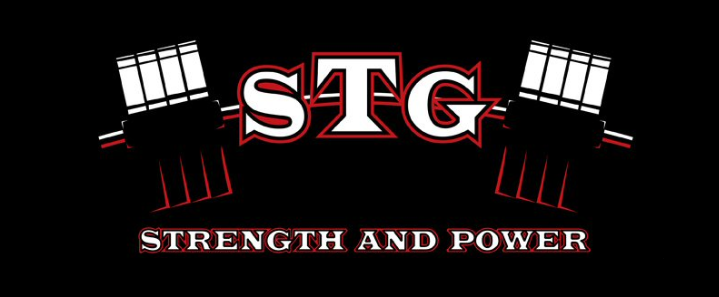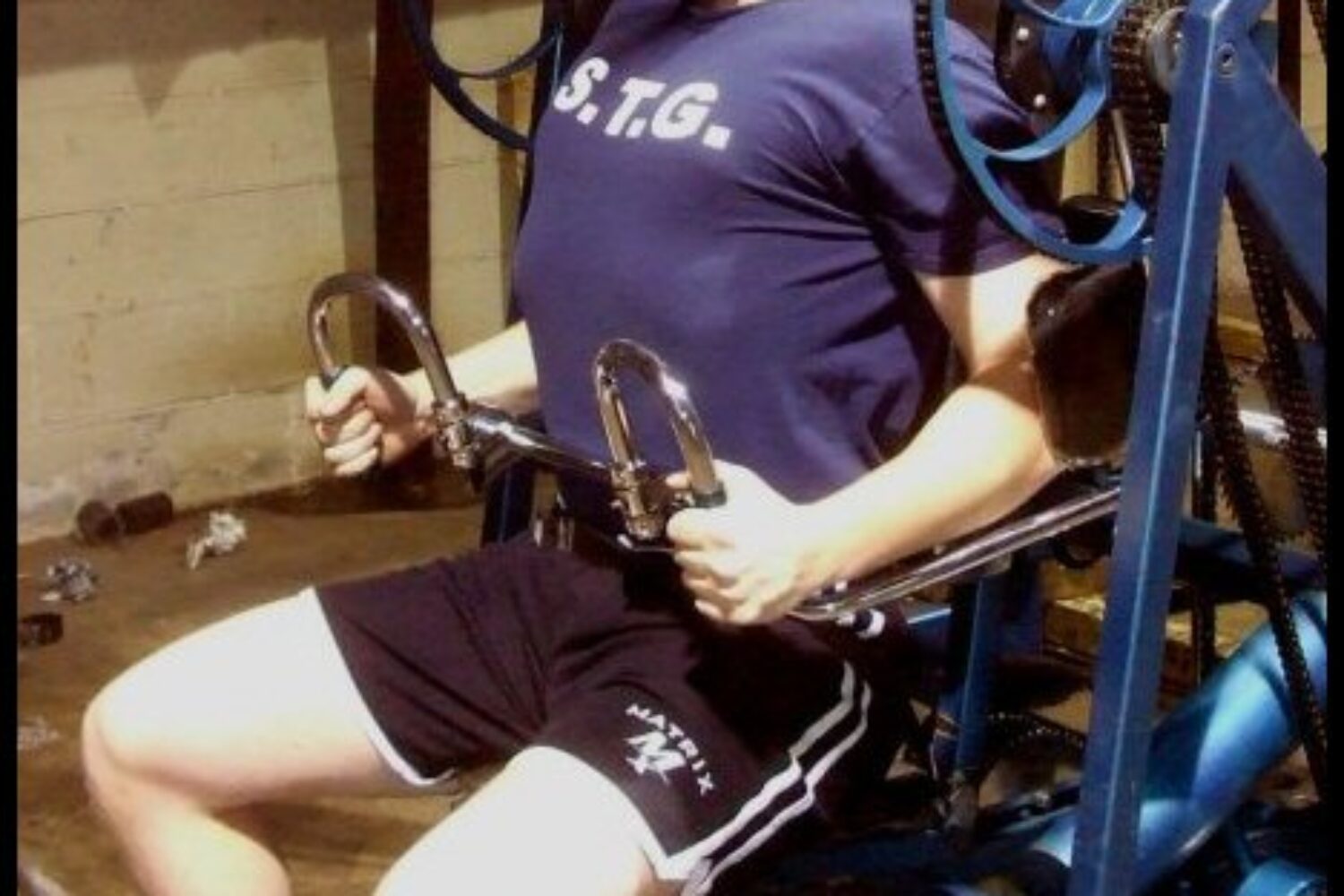Published in Fitness Science Annual 2008
The Ideal Personal Training Experience
To provide the ideal personal trainer experience for a client you first have to realize that every client is different from both a physical and mental standpoint. Therefore, a trainer has to have a wide spectrum of knowledge and resources to draw from to create this ideal experience.
Every client that enters your training facility should have an initial assessment before ever picking up a weight or engaging in physical activity. The main goal of this assessment should be to establish a rapport with the client so they will feel comfortable training in your presence. Many people have issues with working out with people around, yet are incapable of writing out and following an intelligently designed fitness program for themselves. The assessment should include taking measurements (if the client is comfortable with doing so) and a detailed discussion regarding short- and long-term goals, while also paying attention to any special medical needs. Always ask the client if he/she has any health problems or concerns, as many people can be too shy to share this vital information with you without you first asking. During the assessment it should be clearly stated that the client has come to you for work and, although you can still be social, the exercise and commitment to it must come first. With these goals and any other information provided now understood, the actual workout plan should be put together with the client.
Although each workout plan should be different from person to person there are some general themes I believe should be normally followed for a beginner, intermediate and advanced trainee. For the beginner, workouts should be full body. Making sure all the major musculatures of the body are being trained is very important for optimal success on any training program. Many trainees, regardless of experience, will not undergo any sort of leg training due to the demanding nature of leg exercises. A competent trainer should know training the legs allows for the greatest hormonal output from exercise and, due to the size of the muscles involved, has the greatest capacity for growth. There is no better way to ensure the legs are worked just as hard as the rest of the body than employing full body workouts, at least at the beginning.
As we move to the intermediate trainee, I believe a split routine should be pre-dominantly used. An intermediate trainee who has a couple years of weight training experience will be much stronger than a beginner and this increased strength will make his/her recovery longer between exercise sessions. With a split routine, you can concentrate on every body part on their own designated day and, in most cases, have a full week of recovery before training them again.
An advanced trainee should be the greatest challenge for any personal trainer. In most cases, the trainee will know a great deal about how they react to exercise and will also be close to their maximum genetic potential. Through my limited experience thus far with such people (most are truly nowhere close in terms of physical development and knowledge to consider themselves advanced) is to find exercises, combinations of exercises or any new stimulus for their body to create an adaptive response. Training methods and techniques, such as Zone Training, SuperSlow, Fast Reps, Max Contraction, Pump Sets, Powerlifting and many other forms, should all be understood by a good personal trainer and used randomly and in conjunction with one another to bring a new experience to the advanced trainee.
Intensity and volume are two hotly debated issues in resistance training. Experience has shown me most do not have the mentality to get great results from an overly abbreviated routine or one set until failure, which is standard for High Intensity Training (HIT) workouts. On the other hand, left to their own devices most trainees will use excessive amounts of volume that will ultimately wear down their body and their immune system. This will be just as counter productive as not doing enough to stimulate gains. Finding a proper relationship between intensity and volume and how it relates to each client is needed to achieve best results and create the ideal experience.
After the original assessment is performed and you have determined where your trainee is in terms of their development, the client should then become comfortable with the training facility. This is best done by providing a simple tour. During this tour, I believe it is advantageous to demonstrate the exercises they will be doing and then have them perform the exercise with very light weights so they get a feel for the form you expect from them. This will further build their confidence in you as a trainer and allow for less wasted time during their natural learning curve through their first few sessions. A break in period of a few sessions where intensity is purposely limited is needed to limit excessive muscular soreness and to slowly ramp up the intensity to maximum levels within the limits of the client. This process should be done within a couple of weeks.
The training facility itself should always be clean, accessible and well-lit. Although everyone will prefer different temperatures, it should not be excessively hot or cold. Some people do not like mirrors in a gym because they do not like to see themselves working out in the mirror. I feel the added benefit of being able to see your form outweighs the worry about how you look. All the free weights or machines that require plate loading should be in the same area, thus keeping all the plates together. This allows for quicker weight changing and is easier on the trainer. If the gym has a circuit of selectorized machines, there are two acceptable ways to position them. The first is to have all the machines pertaining to a particular muscle group in the same area. The second is in a HIT circuit fashion, which has the machines normally in a line from exercises that use the larger muscles of the body, usually starting with the hips, to those that are smallest in the body, normally the muscles of the upper arms or neck. Either setup should eliminate time taken to move between machines. This logical order keeps the intensity of the workout high. This is, of course, assuming you have the space to do so.
Although creating the perfect workout plan or supplying a perfect workout facility for every client is an unrealistic goal, taking these steps, as well as being observant to the client and educated in proper applications of resistance training, should go a long way in creating the ideal personal training experience for anyone who trains under your guidance.
Michael Petrella – 2008
Fitness Science Annual

